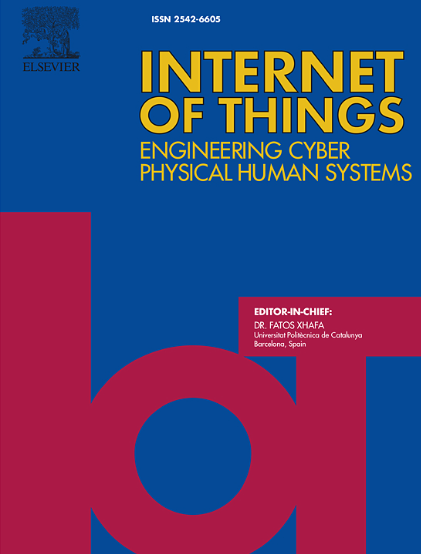Fed-Evolver: An automated evolving approach for federated Intrusion Detection System using adversarial autoencoder in SDN-enabled networks
IF 6
3区 计算机科学
Q1 COMPUTER SCIENCE, INFORMATION SYSTEMS
引用次数: 0
Abstract
Intrusion Detection Systems (IDS) have garnered escalating significance in response to the evolving landscape of cyberattacks, driven by the adaptability and versatility of Software Defined Networking (SDN)-based networks in enhancing security orchestration. Although Machine Learning (ML) models have been developed for IDS, they require large amounts of labeled data to achieve high performance. However, acquiring labels for attacks is a time-consuming process and can cause problems in deploying the existing ML models in new systems or lower performance due to a shortage of labeled data on pre-trained datasets. Additionally, such ML-based IDS models lack the self-learning function to automatically adapt to new cyberattacks during network operations. To overcome these challenges, our work proposes Fed-Evolver, an automated evolving approach for federated IDS that combines Generative Adversarial Networks (GANs) with Auto Encoder (AE) and a semi-supervised adversarial Autoencoder (SSAAE) for spotting intrusion actions. Our Fed-Evolver leverages supervised and unsupervised learning strategies to build efficient IDS models in the context of labeled data scarcity with the help of Federated Learning (FL). It allows data owners to collaborate for training intrusion detection models to provide the self-evolving capability in SDN-enabled networks. Our proposed framework is evaluated on 6 cyberattack datasets, including CICIDS2018, CIC-ToN-IoT, NF-UNSW-NB15, InSDN, InSecLab-IDS2021, DNP3 Intrusion Detection, and it outperforms other ML methods even when trained with only 1% proportion of labeled data, achieving consistently high performance across all metrics on the datasets.
Fed-Evolver:在支持 SDN 的网络中使用对抗性自动编码器的联合入侵检测系统自动演进方法
由于基于软件定义网络(SDN)的网络在增强安全协调方面的适应性和多功能性,入侵检测系统(IDS)在应对不断变化的网络攻击方面的重要性不断提升。虽然已开发出用于 IDS 的机器学习 (ML) 模型,但它们需要大量标记数据才能实现高性能。然而,获取攻击标签是一个耗时的过程,可能会导致在新系统中部署现有 ML 模型时出现问题,或由于缺乏预训练数据集上的标签数据而降低性能。此外,这种基于 ML 的 IDS 模型缺乏自学习功能,无法在网络运行期间自动适应新的网络攻击。为了克服这些挑战,我们的工作提出了 Fed-Evolver,这是一种用于联合 IDS 的自动演进方法,它将生成式对抗网络(GAN)与自动编码器(AE)和半监督对抗自动编码器(SSAAE)相结合,用于发现入侵行为。我们的 Fed-Evolver 利用监督和非监督学习策略,在联邦学习(FL)的帮助下,在标记数据稀缺的情况下建立高效的 IDS 模型。它允许数据所有者合作训练入侵检测模型,从而在支持 SDN 的网络中提供自适应能力。我们提出的框架在 6 个网络攻击数据集(包括 CICIDS2018、CIC-ToN-IoT、NF-UNSW-NB15、InSDN、InSecLab-IDS2021、DNP3 入侵检测)上进行了评估,结果表明,即使仅使用 1%比例的标记数据进行训练,该框架也优于其他 ML 方法,并在数据集的所有指标上实现了持续的高性能。
本文章由计算机程序翻译,如有差异,请以英文原文为准。
求助全文
约1分钟内获得全文
求助全文
来源期刊

Internet of Things
Multiple-
CiteScore
3.60
自引率
5.10%
发文量
115
审稿时长
37 days
期刊介绍:
Internet of Things; Engineering Cyber Physical Human Systems is a comprehensive journal encouraging cross collaboration between researchers, engineers and practitioners in the field of IoT & Cyber Physical Human Systems. The journal offers a unique platform to exchange scientific information on the entire breadth of technology, science, and societal applications of the IoT.
The journal will place a high priority on timely publication, and provide a home for high quality.
Furthermore, IOT is interested in publishing topical Special Issues on any aspect of IOT.
 求助内容:
求助内容: 应助结果提醒方式:
应助结果提醒方式:


